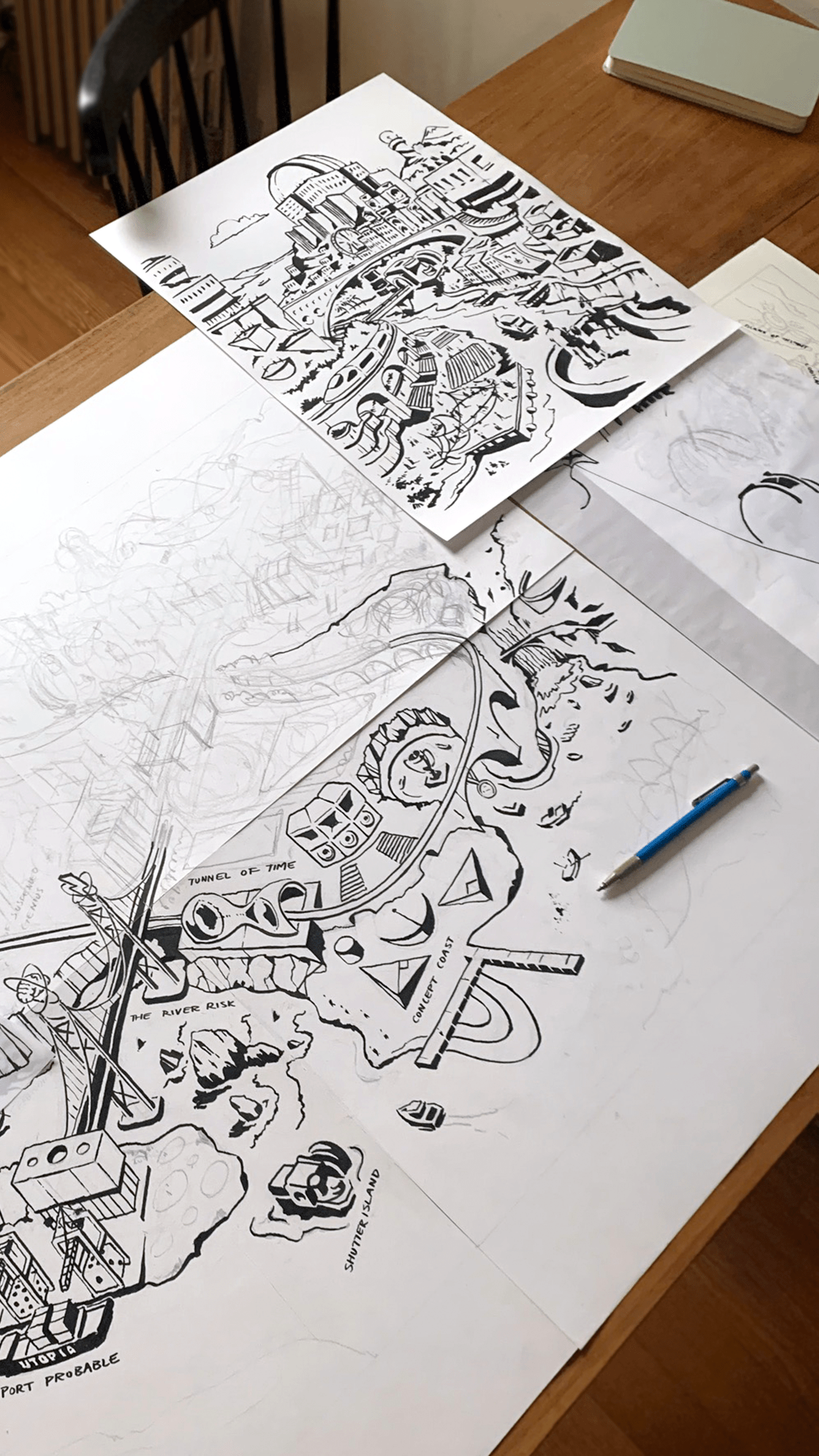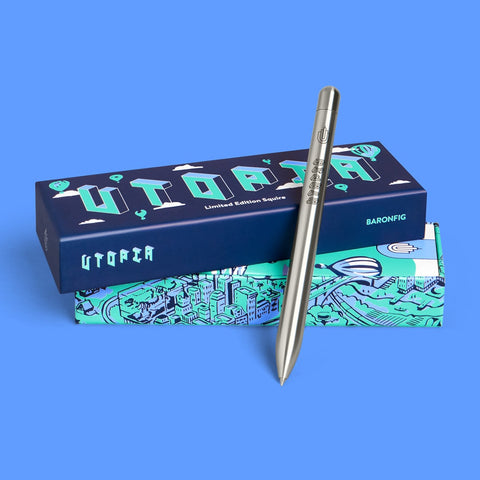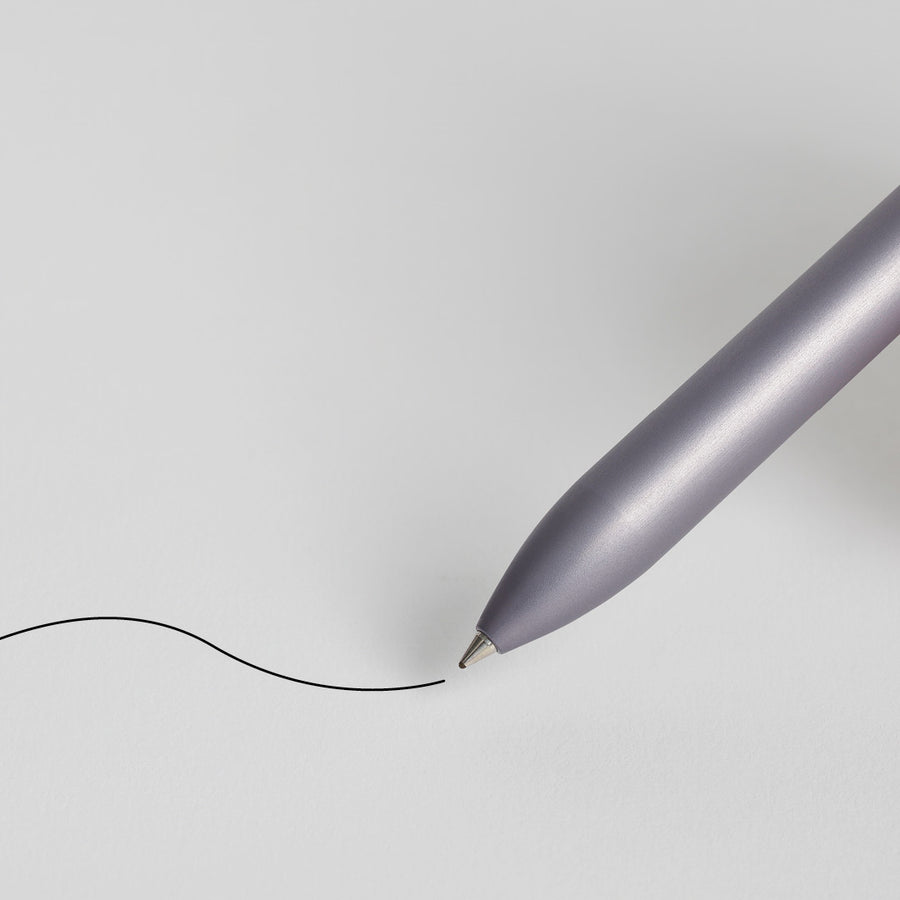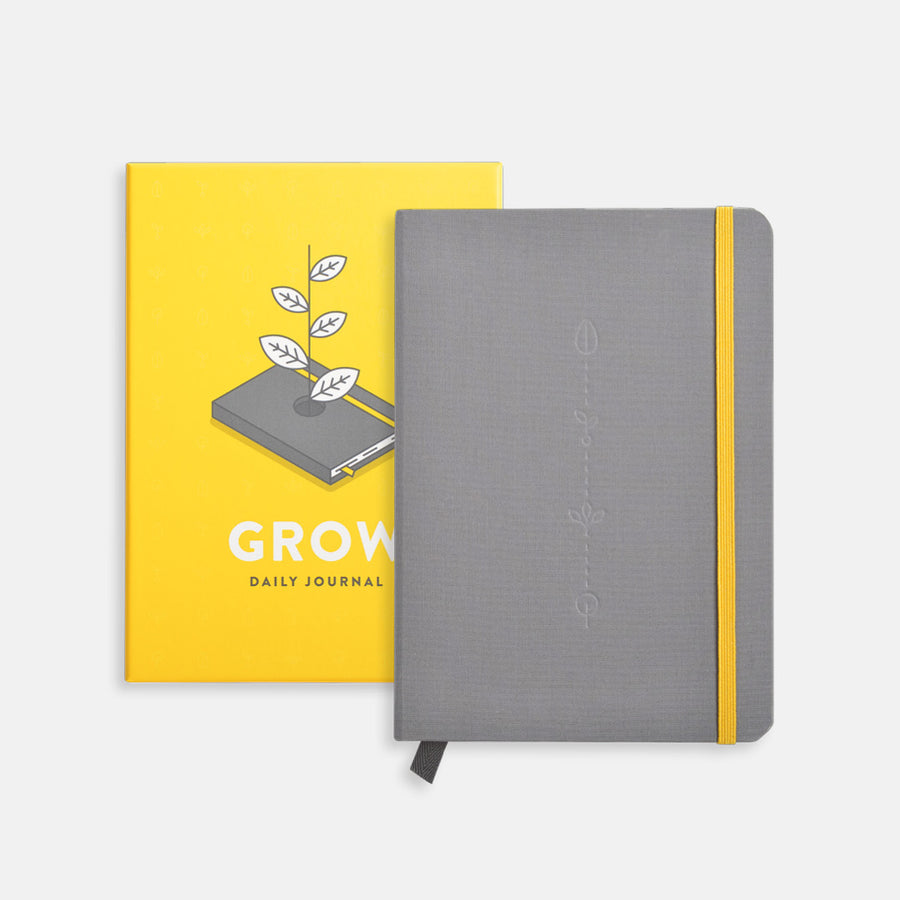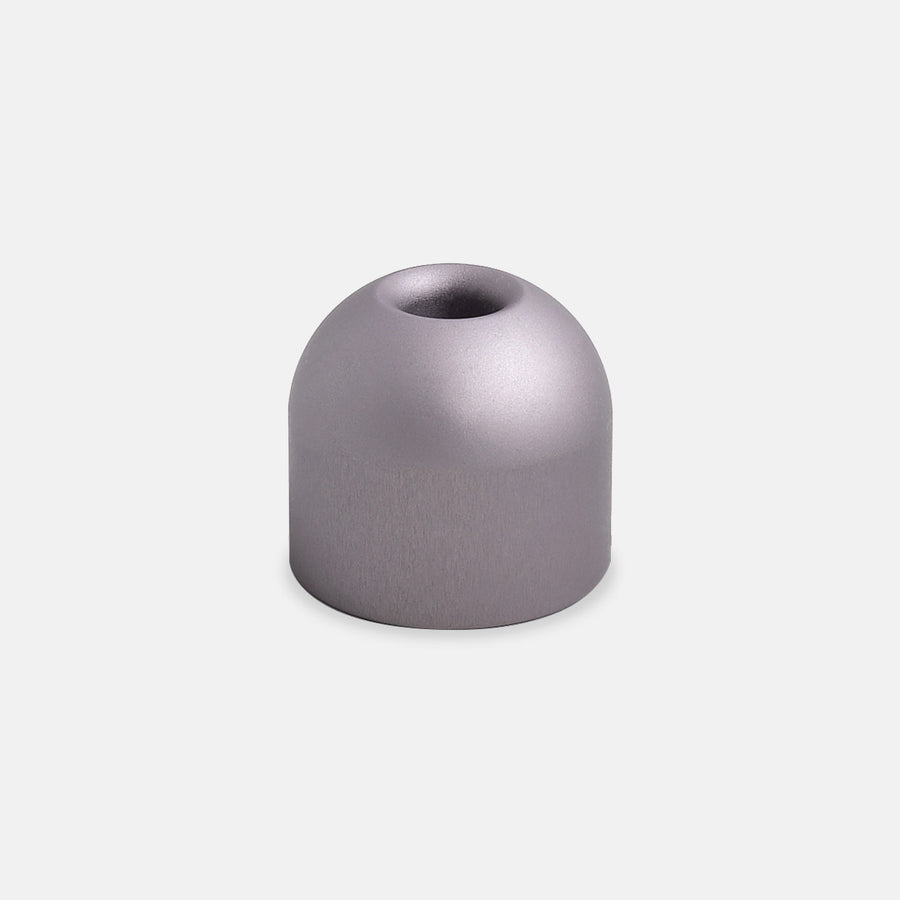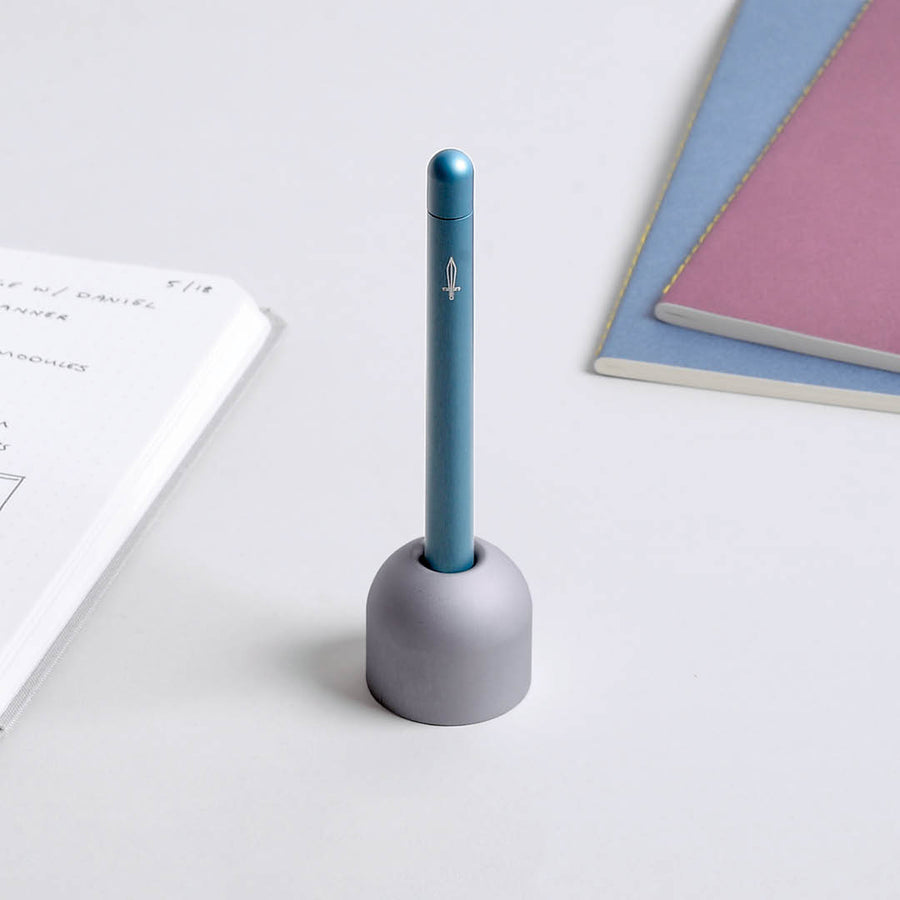Everyone has ideas. They float into our consciousness, each with a potential new reality... but how do we take those fragile seeds and grow them into something tangible?
Bringing your ideas to life isn't just about having a creative spark; it's about nurturing that spark—protecting and helping it grow. Here's a comprehensive guide to transforming your visions into reality.
Step 1: Document Your Ideas
The first step in bringing your ideas to life is to document them. Ideas are ephemeral; they can come to you in a dream and disappear by morning.
“Take your idea and make it real, no matter how rough. The final step is only attainable by taking the first step. Once you have something to at and adjust, you can begin the journey towards completion.” - Joey Cofone, The Laws of Creativity: (13) Law of Ideation
Keep a notebook, use a digital app, or record voice memos—whatever method works best for you. Documenting your ideas not only preserves them but also helps you to start shaping them into something more concrete.
Step 2: Research and Development
Research is a crucial step in the process of bringing your ideas to life. It allows you to understand what has already been done, identify gaps in the market, and refine your idea.
This step might involve online research, talking to potential customers, or consulting with experts in the field. The knowledge you gain during this phase will help you develop a more detailed plan for your idea.
Step 3: Create a Plan
Once you understand your idea and its potential, it's time to create a plan. This should include your goals, target audience, required resources, and a timeline.
Break down your idea into manageable tasks, and set deadlines for each. A well-thought-out plan serves as a roadmap, guiding you from concept to completion.
Step 4: Build a Prototype
For product ideas, building a prototype is a vital step. It allows you to test the feasibility of your idea in the real world.

Your prototype doesn't have to be perfect; it just needs to be a physical or digital representation of your concept. This step will help you identify any design flaws and make necessary adjustments before investing more time and resources.
Step 5: Seek Feedback
Feedback is a gift. Share your idea or prototype with trusted friends, family, or mentors. Look for honest and constructive feedback that can help you refine your idea.
Be open to criticism and use it as a tool for improvement. Remember, the goal is to make your idea as strong as possible before launching it into the world.
Step 6: Iterate
Based on the feedback you receive, make necessary adjustments to your idea or prototype.
This is an iterative process; you may go through several rounds of feedback and revisions before you're ready to move forward. Each iteration brings you closer to a final product or concept that's ready for the public.
Step 7: Launch
With your refined idea or product in hand, it's time to launch. This could mean starting a business, publishing a book, releasing a product, or sharing your creation in whatever form it takes.
The launch is just the beginning of a new journey, where your idea starts to interact with the world.
Step 8: Grow and Adapt
After your idea is out in the world, monitor its progress and be prepared to adapt. Market conditions, customer feedback, and new technologies can all influence the direction of your project.
Stay flexible and be willing to make changes to ensure the continued success of your idea.
Bringing your ideas to life is a journey filled with challenges, learning, and growth. It requires creativity, resilience, and a willingness to adapt. By following these steps, you can transform your ideas from fleeting thoughts into impactful realities.
Remember, every great achievement starts with an idea. It's up to you to bring it to life. What will you think of next?
Grab your key to the city—the official Utopia Squire pen—and unlock your best ideas. Includes a fold-out map of Utopia, where every idea is a great idea.
Don't know how to start thinking of ideas? Here are 10 journal prompts to spark creative ideas...
- Imagine Your Future: Write about where you see yourself in five years if you pursue your current ideas. What does your life look like and how have your ideas shaped it?
- Solve a Problem: Think about a problem you encounter in daily life. Brainstorm creative solutions or products that could solve it. How would these solutions work, and who would benefit from them?
- Combine Two Unrelated Concepts: Take two completely unrelated ideas or objects and combine them into a new concept. What is the result, and how could it be used or marketed?
- Your Perfect Day: Describe your perfect day in detail, focusing on what would make it ideal. How can your ideas help you achieve this perfect day?
- Invent a New World: Imagine you're creating a world from scratch. What does it look like? What kind of society lives there? How do they solve their problems, and what can we learn from them?
- The Interview: Imagine you're being interviewed about your greatest success, born from one of your current ideas. What is the success, and how did you achieve it?
- Letter to Your Future Self: Write a letter to your future self, describing the ideas you're working on now and the impact you hope they'll have. What advice do you offer to your future self?
- A Day in the Life of Your Product: If one of your ideas is a product, write a day in the life of someone who uses it. How does it change their day? What challenges does it solve for them?
- The Unpopular Opinion: Write about an idea that goes against the grain. Why do you believe in it? How could it change the world or the way we think about something?
- Your Biggest Failure: Reflect on an idea or project that didn't work out. What did you learn from the experience? How has it shaped your approach to new ideas?
